Related Research Articles
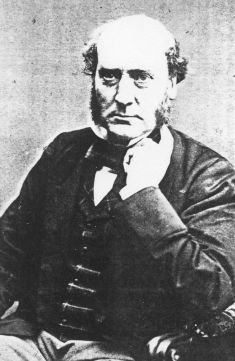
Sir George Gilbert Scott, largely known as Sir Gilbert Scott, was a prolific English Gothic Revival architect, chiefly associated with the design, building and renovation of churches and cathedrals, although he started his career as a leading designer of workhouses. Over 800 buildings were designed or altered by him.
Jonathan Oannes Toup was an English philologist, classical scholar and critic.
William Fuller (1608–1675) was an English churchman.

John Gilbert was Archbishop of York from 1757 to 1761.
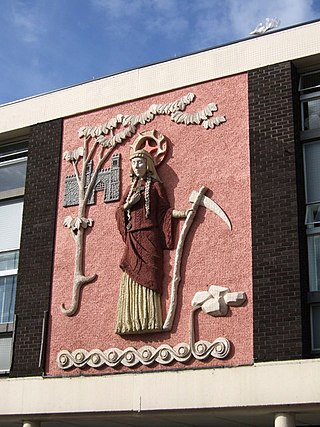
Sidwell was a virgin saint from the English county of Devon, She is the patron saint of Exeter and sister to Juthwara.

John Fielder Mackarness was a Church of England bishop.
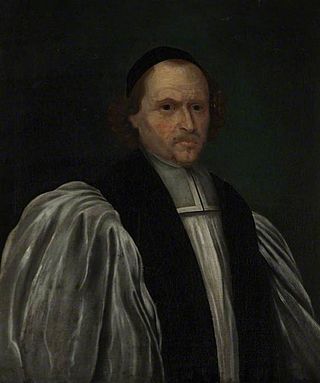
William Piers was Vice-Chancellor of Oxford University from 1621 to 1624, Bishop of Peterborough from 1630 to 1632 and Bishop of Bath and Wells from 1632 until the abolition of episcopacy in 1646, then again from the Restoration in 1660 to his death in 1670.
William Jane (1645–1707) was an English academic and clergyman, Regius Professor of Divinity at Oxford from 1680.
Francis Dee was an English churchman and Bishop of Peterborough from 1634.
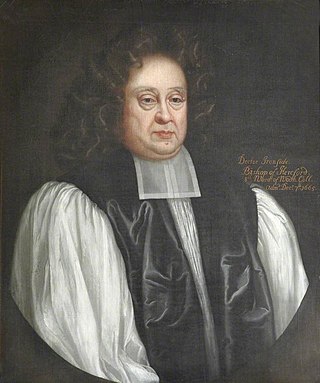
Gilbert Ironside the younger was an English churchman and academic, Warden of Wadham College, Oxford, from 1667, Bishop of Bristol and Bishop of Hereford.
John Woolton served as Bishop of Exeter in Devon, England, from 1579 to 1594.

Henry Reginald Courtenay (1741–1803) was an English Bishop of Bristol (1794–1797) and Bishop of Exeter 1797–1803.
William Tooker was an English churchman and theological writer, who was archdeacon of Barnstaple and later dean of Lichfield.
John Potter was an 18th-century Church of England clergyman who was Dean of Canterbury from 1766 to 1770.
Thomas Ford (1598–1674) was an English nonconformist minister, a member of the Westminster Assembly and ejected minister of 1662.
John Owen (1580–1651) was an English bishop of St Asaph.
Denis Granville was an English non-juring cleric, Dean of Durham and then Jacobite exile.
John Downall (1803–1872) was the Archdeacon of Totnes from 1859 until 1872.
Rev. Humphrey Sydenham, "Silver Tongue Sydenham", was a royalist divine, famous for his sermons.
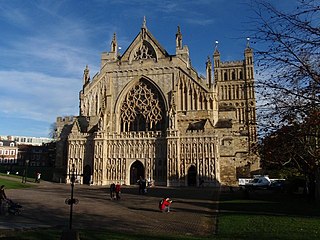
Nicholas Marston was a 16th century English priest. It is uncertain whether his appointment as Archdeacon of Cornwall in 1574 took effect. He was one of three brothers, who had ecclesiastical careers in the Cathedral church of Exeter, and in that diocese within Cornwall and Devon. Their father was a wealthy citizen Haberdasher in the city of London who gave financial support to the early career of his wife's brother William Bradbridge, later bishop of Exeter. Thomas's daughters made advantageous City marriages, and the network of their mercantile patronage and relations with the bishops, deans and chapters of Exeter and of Bath and Wells, and with the University of Oxford, spanned several decades of the Tudor and early Stuart period.
References
![]() This article incorporates text from a publication now in the public domain : "Bury, John (1580-1667)". Dictionary of National Biography . London: Smith, Elder & Co. 1885–1900.
This article incorporates text from a publication now in the public domain : "Bury, John (1580-1667)". Dictionary of National Biography . London: Smith, Elder & Co. 1885–1900.